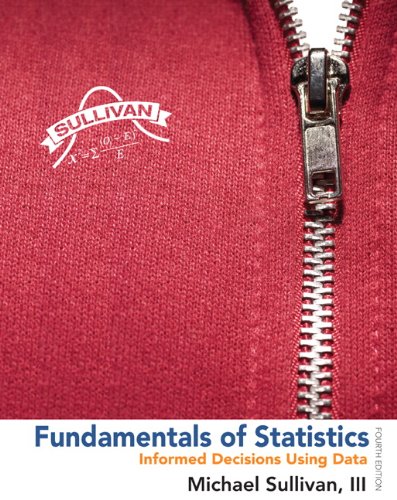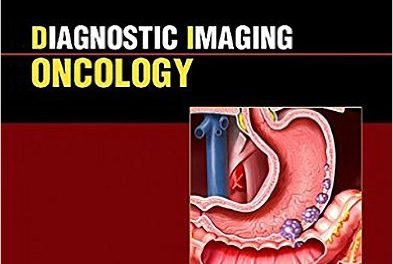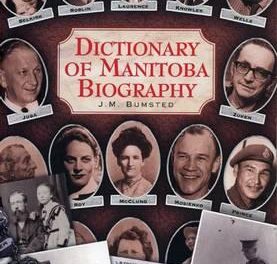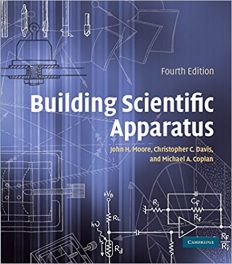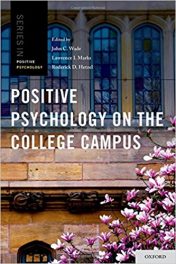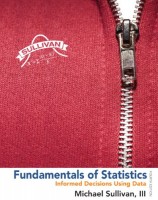 Author: Michael Sullivan, III
Author: Michael Sullivan, III
Publisher: Pearson – Education – 568 pages, plus appendices
Book Review by: Sonu Chandiram
We read, listen to, or view news items using statistics everyday in our lives. But we can be easily misinformed and misled by reports based on statistical data, especially if we do not question how the information – on which the news item is based – was compiled and organized, or what data is misinterpreted, or worse, missing.
A common example of misinformation is the monthly report on unemployment released on the first Friday of every month by the Bureau of Labor Statistics. Whereas this agency indicates on its website that the monthly unemployment rate is inferred from data that were collected only through household and corporate surveys and not on actual counts of unemployed people, many consumers (and worse, reporters) assume that the BLS reports are true, accurate, and complete, based on full numerical counts. So news stories must present summaries of complete pictures.
Statistics is a very important subject. The author of this book Michael Sullivan III, a teacher, writes that statistics is a powerful subject, and that it is one of his passions. I agree with him wholeheartedly because statistics gives form and meaning to a piece of information, especially if that piece of information is used in a news story because it affects thousands, if not millions of people.
For example, you may not like how a president is running (or ruining) a country, but you want to know how many others think what you think on this topic. A recent national survey in the United States found that only thirty percent approved of the job Barack Obama is performing as president, but in a poll in Russia, 87 percent indicated approval for President Vladimir Putin. How were the polls designed, what questions were asked, and how were the data tabulated?
One can use statistics poorly or effectively. Sullivan points out the six recommendations of the American Statistical Association for an introductory course in statistics. These guidelines make the study of statistics important, truthful, meaningful, proactive, progressive, and effective:
- Emphasize statistical literacy and develop statistical thinking
- Use real data in teaching statistics
- Stress conceptual understanding
- Foster active learning
- Use technology for developing conceptual understanding
- Use assessments to improve and evaluate student learning
The author presents the Fundamentals of Statistics as a four-part book of 12 chapters with the following organizational framework:
- Getting the Information You Need
- Data Collection
- Descriptive Statistics
- Organizing and Summarizing Data
- Numerically Summarizing Data
- Describing the Relation Between Two Variables
- Probability and Probability Distributions
- Probability
- Discrete Probability Distributions
- The Normal Probability Distribution
- Inference
- Sampling Distributions
- Estimating the Value of a Parameter
- Hypothesis Tests Regarding a Parameter
- Inferences on Two Samples
- Inference on Categorical Data
Additional Topics on CD
C.1 Lines
C.2 Estimating a Population Standard Deviation
C.3 Hypothesis Tests for a Population Standard
C.4 Comparing Three or More Means (One-Way Analysis of Variance)
This book comes with numerous online resources to make learning easier and testing of material retained more effective. One of them is www.MyStatLab.com, a course management system that Pearson indicates, delivers proven results in helping individual students succeed. It provides engaging experiences that personalize, stimulate and measure learning for each student.
Tools are embedded on this website to make it easy to integrate statistical software into the course. And it comes from a trusted partner (Pearson) with educational expertise and an eye on the future. Founded in 1844 in London, Pearson is the largest multinational education company and the largest book publisher in the world.
The chapters in this book and the materials in each chapter organized and presented in a systematic way to help the student achieve defined goals. For example chapter 1 – Data Collection – helps you do the following:
- Define Statistics and Statistical Thinking
- Explain the Process of Thinking
- Distinguish between Qualitative and Quantitative Variables
- Distinguish between Discrete and Continuous Variables
Definitions of various relevant terms are presented in the chapter. Examples are also provided, along with work problems, some in the form of tables of data. A section entitled Assess Your Understanding offers Vocabulary and Skill Building features. Another section, Observational Studies Versus Designed Experiments gives you examples to help you distinguish between the two.
These are just a few of the many tools the author has provided to help students learn actively, purposefully, and most important, effectively. This is an important book on really learning the basics of statistics.

